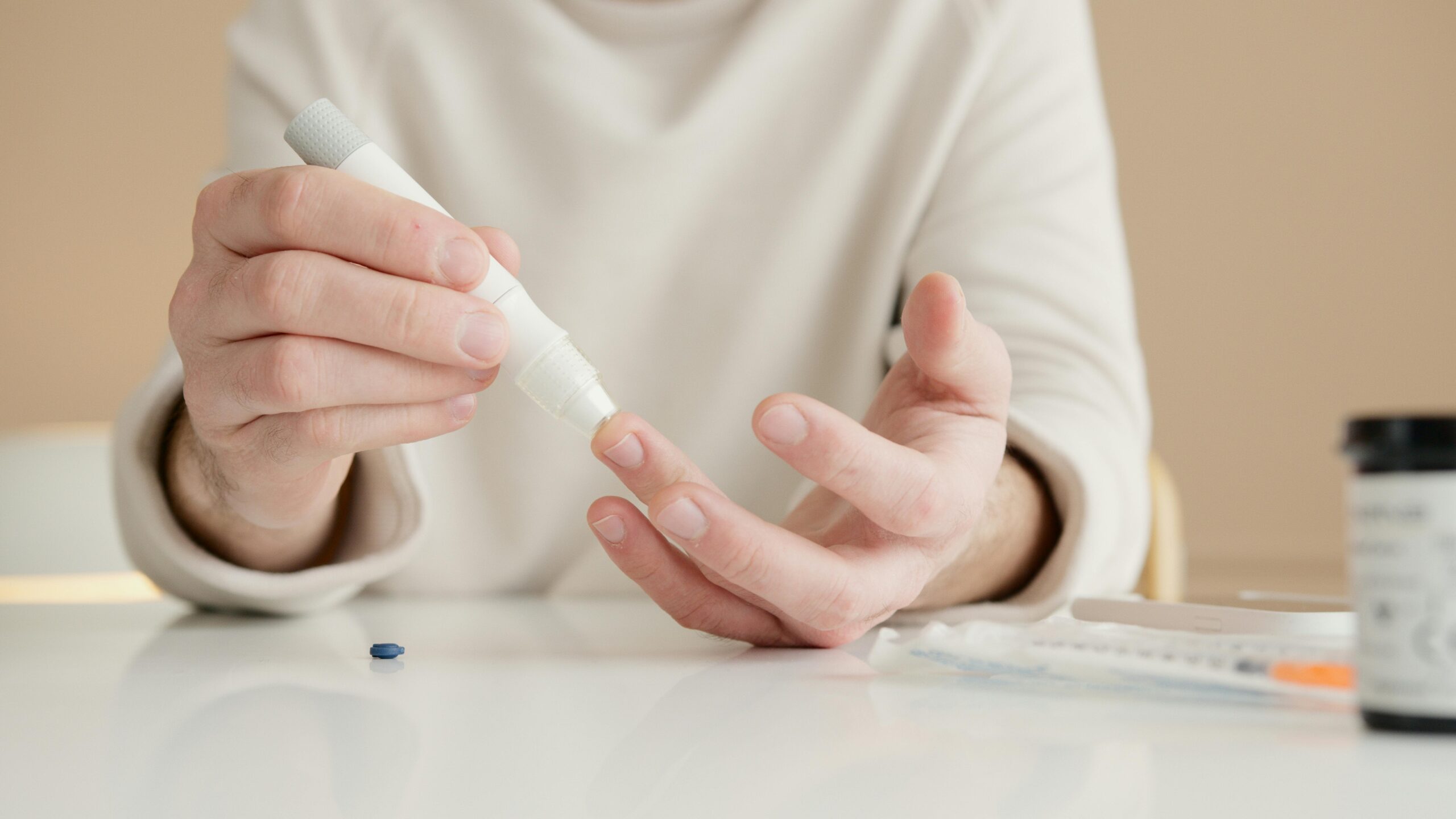
Blood sugar, often known as glucose, is essential to the way our bodies work because it provides cells with their main energy source. But stable blood sugar levels are essential for good health since unstable blood sugar, especially in diabetics, can cause major health problems. With the prevalence of diabetes rising globally, understanding blood sugar management and utilizing tools like continuous glucose monitors (CGMs) has become increasingly important.
Understanding Blood Sugar and Diabetes: Diabetes is a chronic condition characterized by elevated blood sugar levels either due to inadequate insulin production (Type 1 diabetes), ineffective use of insulin (Type 2 diabetes), or a combination of both factors. According to the International Diabetes Federation, approximately 463 million adults worldwide were living with diabetes in 2019, and this number is expected to rise to 700 million by 2045 if current trends continue.
For individuals with diabetes, monitoring blood sugar levels is essential to prevent complications such as heart disease, stroke, kidney disease, nerve damage & vision loss. CGMs have revolutionized diabetes management by providing continuous real-time data on blood sugar levels, allowing for timely adjustments in medication, diet & lifestyle.
 Continuous Glucose Monitoring (CGM): A CGM is a small device that is worn on the body to measure glucose levels in the interstitial fluid (fluid surrounding the cells) continuously. It consists of a tiny sensor inserted under the skin, usually on the abdomen, which measures glucose levels and transmits the data wirelessly to a receiver or smartphone app. CGMs provide valuable insights into glucose trends, including spikes and drops, helping individuals make informed decisions about their diabetes management.
Continuous Glucose Monitoring (CGM): A CGM is a small device that is worn on the body to measure glucose levels in the interstitial fluid (fluid surrounding the cells) continuously. It consists of a tiny sensor inserted under the skin, usually on the abdomen, which measures glucose levels and transmits the data wirelessly to a receiver or smartphone app. CGMs provide valuable insights into glucose trends, including spikes and drops, helping individuals make informed decisions about their diabetes management.
More convenience, real-time feedback, and the capacity to identify patterns & trends are just a few of the benefits that continuous glucose monitors (CGMs) provide over conventional blood glucose monitoring techniques. Although those with Type 1 diabetes benefit most from them, people with Type 2 diabetes and even gestational diabetes are using them more frequently.
Diet for Type 2 Diabetes: With Type 2 diabetes, diet is very important because some meals can spike blood sugar levels. A balanced diet consisting of whole grains, fruits, vegetables, lean proteins, and healthy fats is recommended. Foods high in fiber, such as beans, lentils, and vegetables, can help regulate blood sugar levels by slowing down the absorption of glucose. Additionally, limiting the intake of sugary beverages, refined carbohydrates, and processed foods can help stabilize blood sugar levels.
Blood Sugar Levels for Diabetics: For individuals with diabetes, maintaining blood sugar levels within a target range is essential for preventing complications. The American Diabetes Association recommends the following blood sugar targets for most adults with diabetes:
- Fasting blood sugar (before meals): 80-130 mg/dL
- Postprandial blood sugar (after meals): less than 180 mg/dL
However, individual targets may vary depending on factors such as age, duration of diabetes, and presence of other health conditions. Regular monitoring of blood sugar levels, both fasting and postprandial, is necessary to ensure they remain within the target range.
Tests Most Commonly Performed to Diagnose Type 2 or Gestational Diabetes: The diagnosis of Type 2 diabetes is typically made through blood tests that measure fasting blood sugar levels, oral glucose tolerance tests, or A1C tests, which provide an average of blood sugar levels over the past two to three months. For gestational diabetes, pregnant women are screened using an oral glucose tolerance test between 24 and 28 weeks of pregnancy.
Preventing Diabetes: While some risk factors for diabetes, such as genetics and age, cannot be modified, several lifestyle changes can help reduce the risk of developing Type 2 diabetes:
- Maintain a Healthy Weight: Excess body weight, particularly around the abdomen, increases the risk of insulin resistance and Type 2 diabetes. Losing even a modest amount of weight through a healthy diet and regular exercise can significantly reduce this risk.
- Engage in Regular Physical Activity: Regular exercise improves insulin sensitivity and helps control blood sugar levels. Aim for at least 150 minutes of moderate-intensity aerobic activity, such as brisk walking or cycling, per week, along with muscle-strengthening activities on two or more days.
- Follow a Balanced Diet: Adopting a diet rich in fruits, vegetables, whole grains, lean proteins, and healthy fats can help prevent Type 2 diabetes. Limit the consumption of sugary beverages, refined carbohydrates, and processed foods high in unhealthy fats and sugars.
- Monitor Blood Sugar Levels: Individuals at risk of diabetes, such as those with a family history or prediabetes, should monitor their blood sugar levels regularly and seek medical advice if levels are consistently elevated.
Managing blood sugar levels and preventing diabetes are critical for maintaining overall health and reducing the risk of complications. Utilizing tools like continuous glucose monitors, following a balanced diet, engaging in regular physical activity, and monitoring blood sugar levels are key strategies in diabetes management and prevention. By adopting a proactive approach to health, individuals can empower themselves to lead healthier lives and reduce their risk of developing diabetes.






